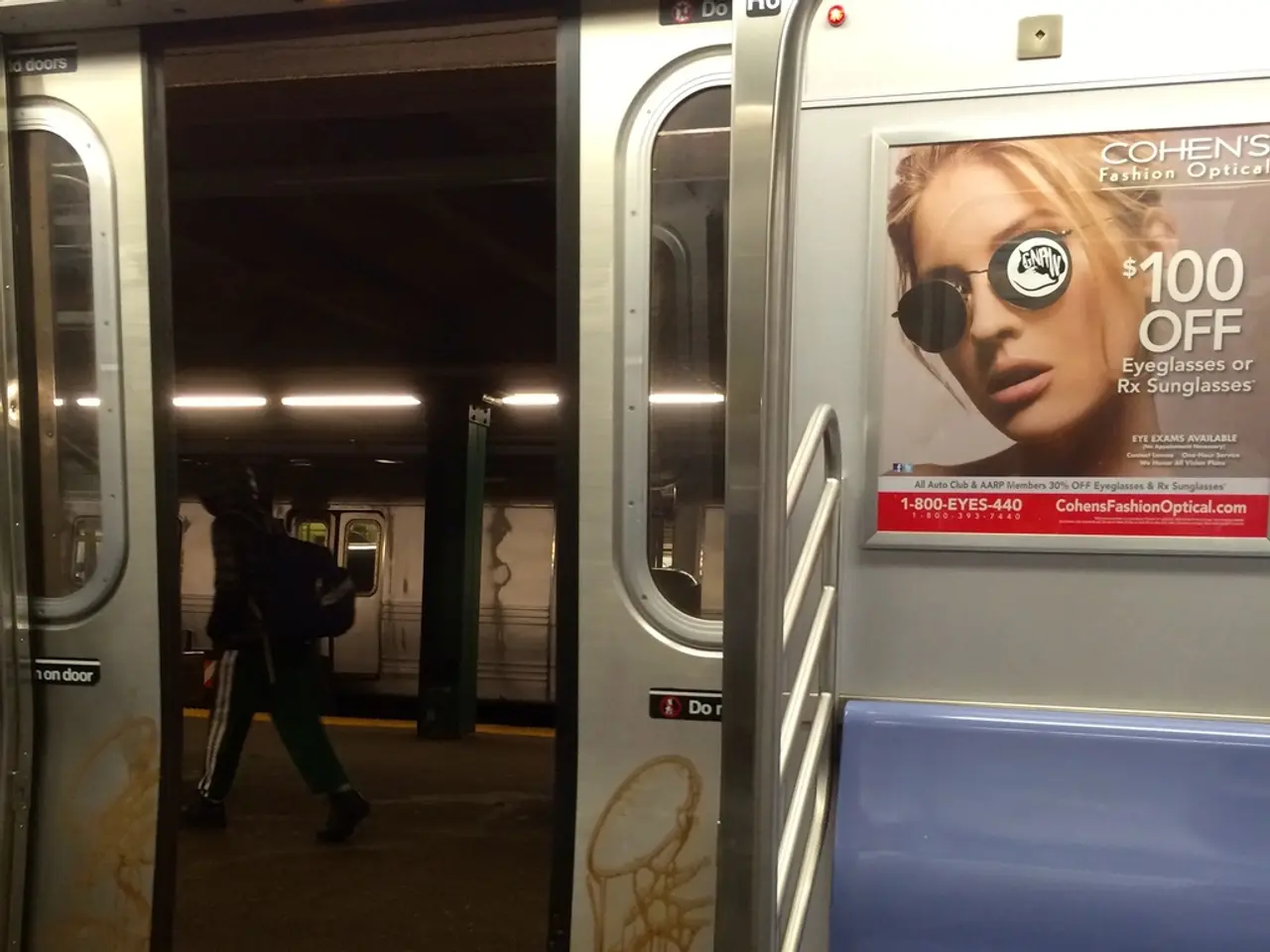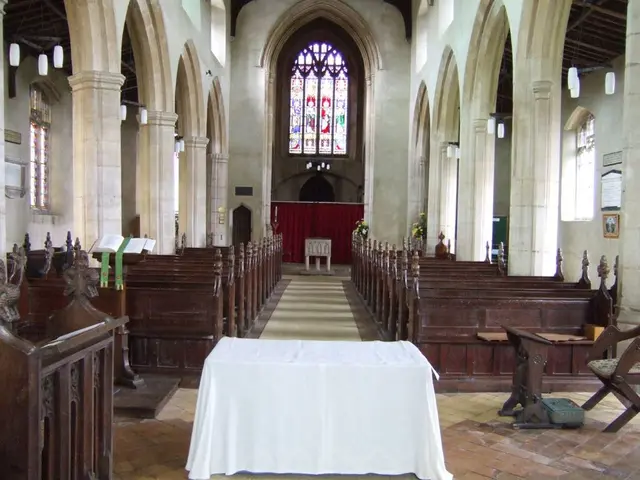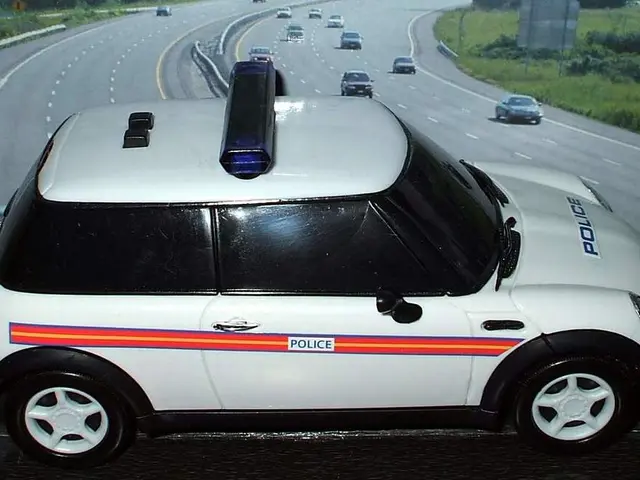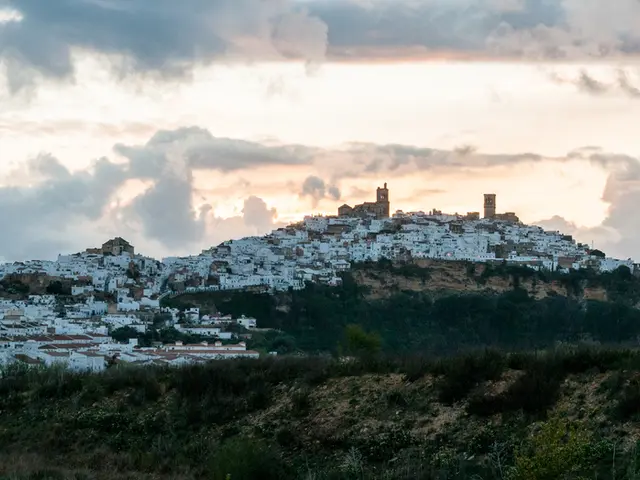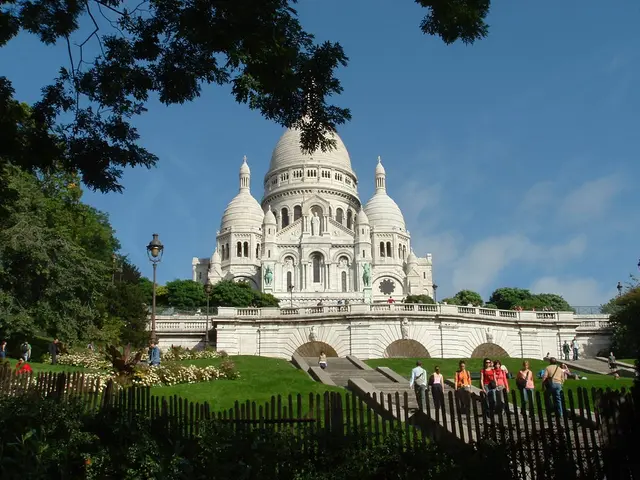Stockholm's Metro Stations Host the World's Extended Art Display
In the heart of Scandinavia, Stockholm's subway system has become a global phenomenon, transforming the city's underground into the world's longest art exhibition. This unique integration of public artworks began in the 1950s, thanks to the vision of artists Vera Nilsson and Siri Derkert, who lobbied for the combination of public transportation infrastructure and art for public enjoyment [1].
## Evolution of Stockholm Subway Art
Over the years, artists have played a critical role in shaping the visual identity of Stockholm's metro system. With a variety of media such as mosaics, sculptures, paintings, and installations, they have created immersive environments in over 90 of the city's 100 subway stations [2][5]. This initiative reflects broader Scandinavian values of public access to art and the belief that art should be integrated into daily life.
## Significant Stations
Some of the most notable stations for their art include T-Centralen, known for its cobalt blue leaf creepers and stylised flowers by Per Olof Ultvedt [4]; Kungsträdgården, which references the old French formal garden with its red, white, and green color scheme and replicas of Makalös Palace's exterior art [3]; Solna Centrum, with its dramatic, red skyline and green forest depicted on the walls [2]; Rinkeby, showcasing an open cave-like structure with abstract patterns and a large, colorful mural [2]; and Stadion, celebrated for its rainbow-colored ceiling, symbolizing the Olympic Stadium above and celebrating diversity [2].
## Artists Involved
Numerous international and local artists have contributed to the subway's art, with some prominent names including Per Olof Ultvedt, Ulrik Samuelson, Anders Åberg, and Karl-Olov Björk [2]. Citybanan, Odenplan, for instance, features art by 14 artists, including David Svensson's "Life Line" of fluorescent light inspired by his son's heartbeats during childbirth [2].
## Practical Information
For Indian travelers planning a visit, the best time to explore Stockholm is during the summer months (June to August) [5]. Getting around the city is easy, with safe and convenient cycling paths, and well-navigated public transport [5]. To apply for a Swedish visa from India, use the VFS Global website, and the processing time is 15 calendar days from when the application reaches the Swedish embassy in New Delhi [5].
Despite its global fame, the integration of art into Stockholm's metro remains an integral part of all new station designs [1]. Art projects continue to be a vital aspect of the city's cultural landscape, making each journey through Stockholm's subway a unique and enriching experience.
References: [1] - https://www.visitstockholm.com/en/stay-and-experience/the-art-of-the-metro/ [2] - https://www.visitstockholm.com/en/discover-stockholm/the-art-of-the-metro/ [3] - https://www.visitstockholm.com/en/discover-stockholm/the-art-of-the-metro/kungstradgarden/ [4] - https://www.visitstockholm.com/en/discover-stockholm/the-art-of-the-metro/t-centralen/ [5] - https://www.visitstockholm.com/en/plan-your-visit/practical-information/
The evolution of Stockholm's subway art has been a testament to the integration of public artworks into daily life, reflecting Scandinavian values of lifestyle that incorporate art into home-and-garden as well as travel experiences. Some of the noteworthy stations, such as T-Centralen, Kungsträdgården, Solna Centrum, Rinkeby, and Stadion, showcase various artistic styles and themes, contributing to the city's unique cultural landscape and making the city's metro system a must-visit travel destination.
